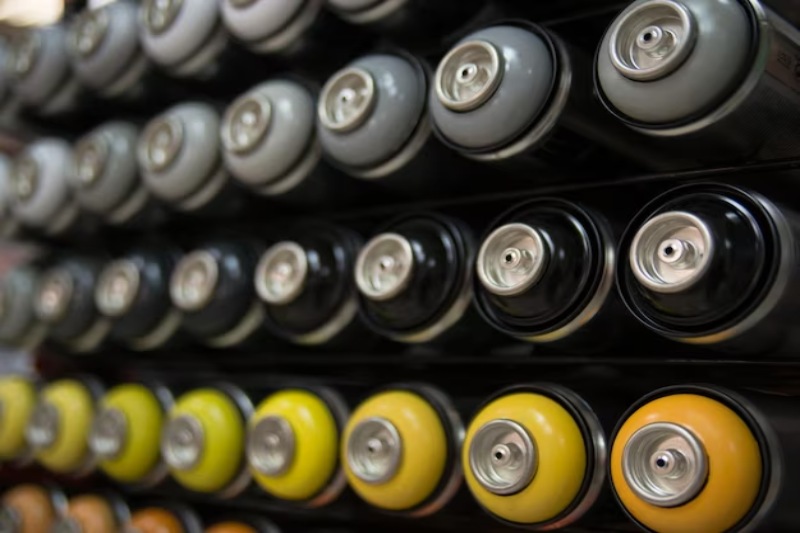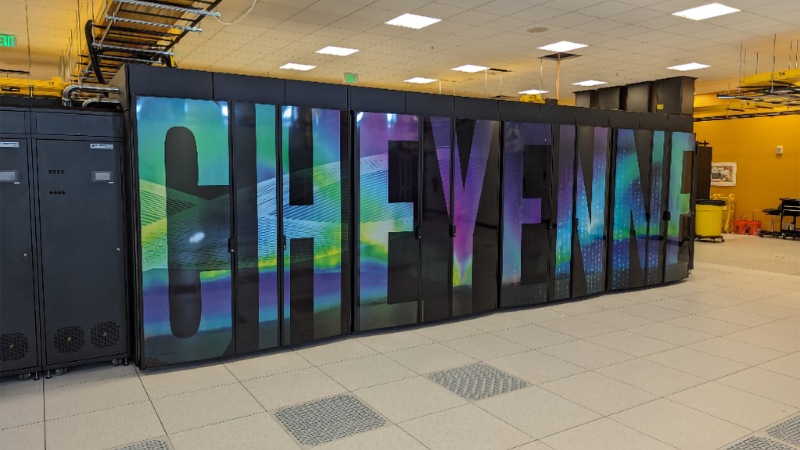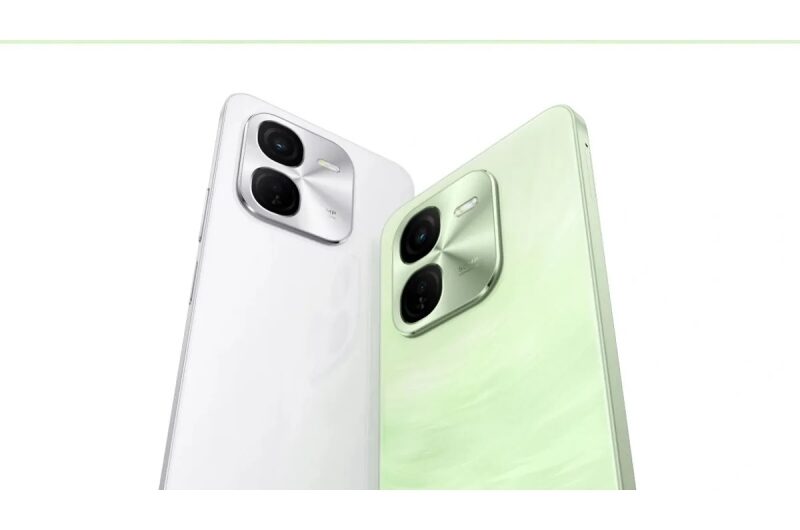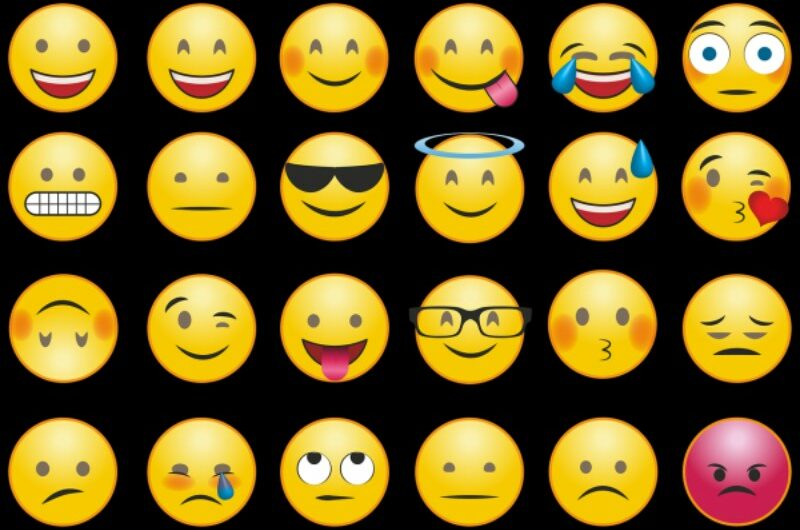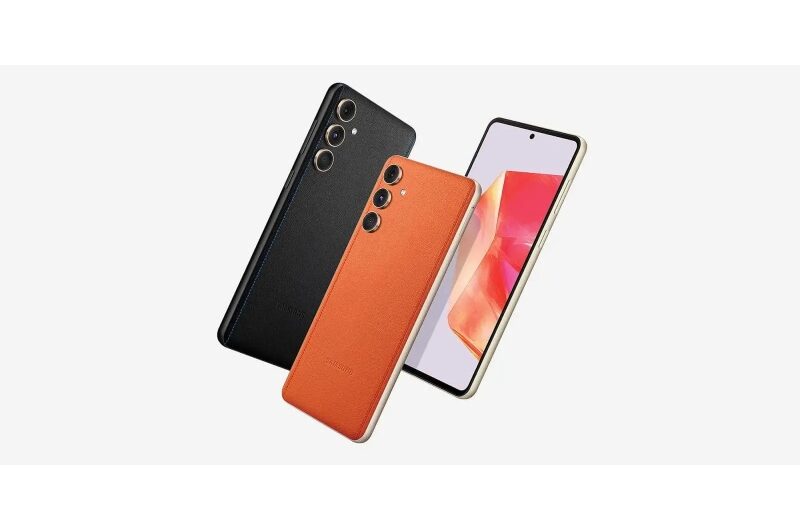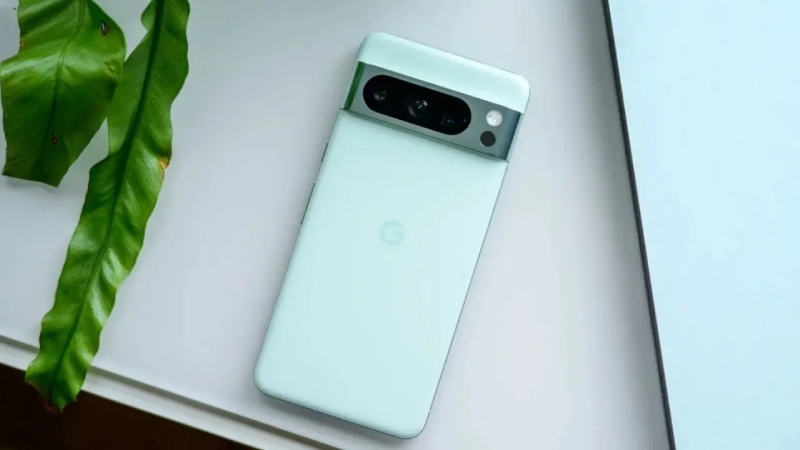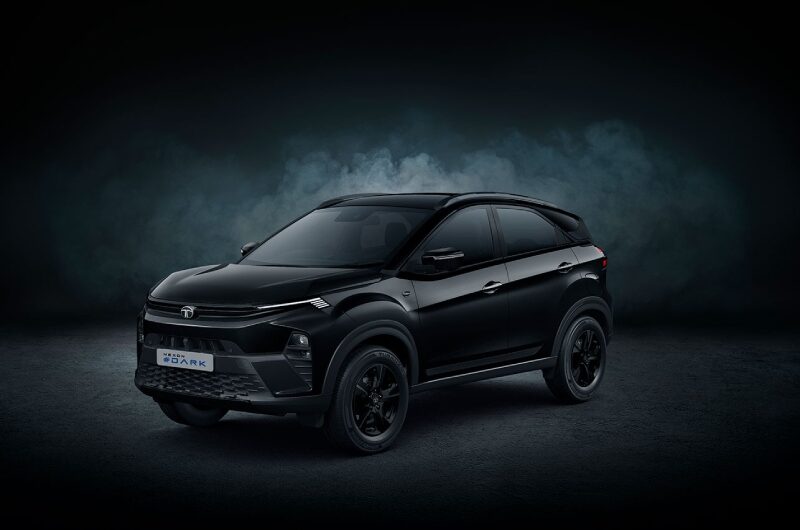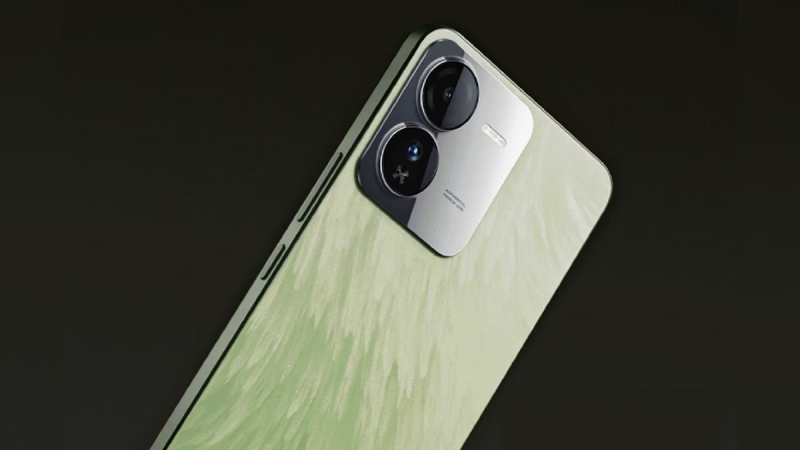These days, lithium and other rare earth elements are necessary for lithium-ion rechargeable batteries. Although they have a longer cycle life and are an efficient energy source, they can also be difficult to recycle and cause environmental problems.
Microsoft worked with the Pacific Northwest National Laboratory (PNNL) of the Department of Energy to find a new material that would reduce the world’s reliance on lithium for the manufacture of rechargeable batteries. By utilizing artificial intelligence (AI) and the Azure Quantum Elements cloud platform, the Microsoft team was able to accelerate the lengthy process of researching materials that are not present in nature.
The AI algorithms were able to forecast the attributes of novel materials, including energy, force, stress, electrical band gap, and mechanical properties, thanks to Redmond’s high-performance computing (HPC) capabilities. By training the AI models with millions of simulated data points, Microsoft and PNNL were able to forecast material properties 1,500 times faster than they could have with conventional density functional theory calculations.
32.6 million candidate materials were first considered in the selection process, and 500,000 projected stable materials were found by AI algorithms. Upon functional property screening, the pool was further reduced to eight hundred possible candidates. After examining dynamic features such as ionic diffusivity through “AI-accelerated” simulations, the Microsoft Quantum team reduced the number of materials to 150.
We next took into account practical factors like innovation, mechanics, and element availability to determine a shortlist of eighteen best possibilities. The last contender was identified by Microsoft researchers using PNNL’s knowledge and insights for extra screening criteria. This electrolyte material consumes about 70% less lithium than current li-ion batteries, partially replacing lithium with sodium.
PNNL has already synthesized the novel material, and more testing is in the works to confirm its efficiency and stability. PNNL’s chief digital officer, Brian Abrahamson, stated that creating innovative batteries is an essential global task. According to Abrahamson, creating and evaluating materials on a human scale requires a lot of work and is inherently limited.
Microsoft asserts that modern technology may compress the next 250 years of chemistry and materials science innovation “into the next 25” years through the synergy of AI, the Azure Quantum Elements platform, and existing scientific competence. The Redmond Corporation claims that AI will transform every sector of the economy and usher in a new era of scientific advancement.
Topics #AI #lithium-ion #Microsoft #PNNL